GOLDEN APPLE OF THE SUN by Teju Cole
アメリカ人作家、フォトグラファー、美術史家であるテジュ・コール(Teju Cole)の作品集。2020年11月3日のアメリカ大統領選挙までの5週間に、作者は米マサチューセッツ州ケンブリッジにある自宅のキッチンカウンターを撮っていた。ジャン・シメオン・シャルダン(Jean Siméon Chardin)やポール・セザンヌ(Paul Cézanne)、オランダ絵画の巨匠たち、そしてローラ・レティンスキー(Laura Letinsky)やヤン・グルーバー(Jan Groover)といった現代写真家たちの静物作品の伝統を受け継ぎ、毎日撮影を行った。この偉大な先人たちとは違い、テーブルの上のものの配置は完全に偶然に任せられていた。「予想もできない配置の中をボウルや皿が動き回っていた」と作者は言う。こうして、社会的、文化的、政治的に大きな変化が生じた一時期を通じて撮り続けられた、ある家のキッチンカウンターの驚くべきポートレイトが生まれた。写真に合わせ、飢え、断食、服喪、奴隷、親密さ、絵画、詩、写真の歴史など、作者の多岐にわたる関心事について書かれた長文エッセイを収録。文章と写真によるシークエンスのところどころに、ケンブリッジで見つけた無名の著者による18世紀の手書きの料理本のページが差し込まれている。作者ならではの型破りな表現と知的でうがったものの見方が伝わってくる、理知的かつ人間味あふれる名作。
「文章と写真を組み合わせた表現に魅かれたアーティストは数多いが、テジュ・コールほど巧みにそれをやってのけたもいのはいない。彼はそれぞれの表現媒体の限界と優れた点を理解した上で、この問題に取り組んでいる」― スティーブン・ショア(Stephen Shore)
In the period leading up to the November 3, 2020 elections in the United States, Teju Cole began to photograph his kitchen counter in Cambridge, Massachusetts. Working in the still life tradition of Chardin, Cezanne, and the Dutch masters, as well as such contemporary photographers as Laura Letinsky and Jan Groover, he photographed every day over the course of five weeks. Unlike those illustrious forbears, Cole left his arrangements entirely to chance, “the bowls and plates moving in their unpredictable constellations.” What emerges is a surprising portrait, across time, of one kitchen counter in one home at a time of social, cultural, and political upheaval. Alongside the photographs is a long written essay, as wide-ranging in its concerns—hunger, fasting, mourning, slavery, intimacy, painting, poetry and the history of photography—as the photographs are delimited in theirs. The text and photographic sequences are interspersed with an anonymous handwritten eighteenth century cookbook from Cambridge. Golden Apple of the Sun is a luminous and humane work, presented with the formal boldness and oblique intelligence we have come to expect from Teju Cole.
“Many artists have felt the lure of juxtaposing photographs and text, but few have succeeded as well as Teju Cole. He approaches this problem with an understanding of the limitations and glories of each medium.” Stephen Shore
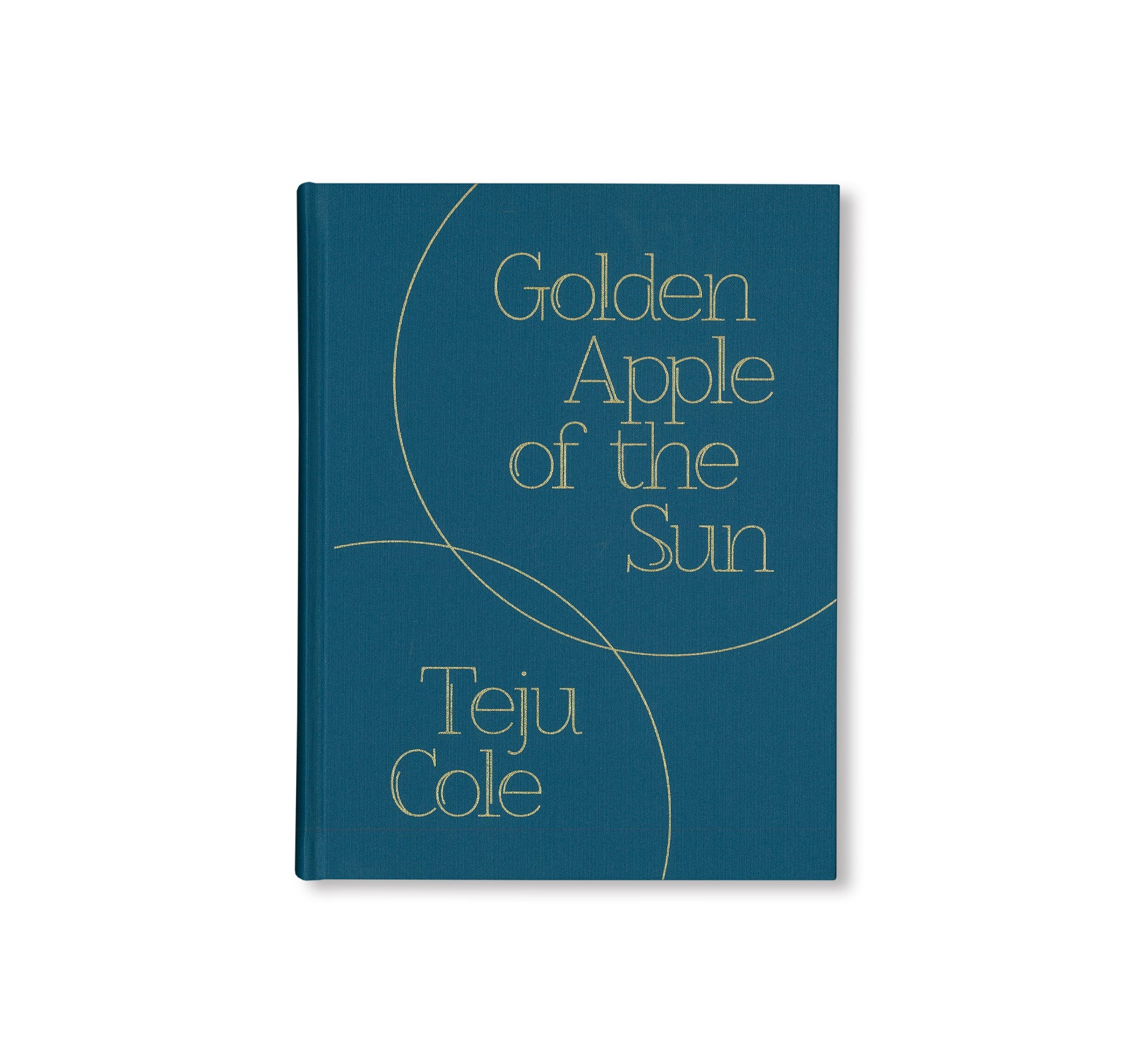

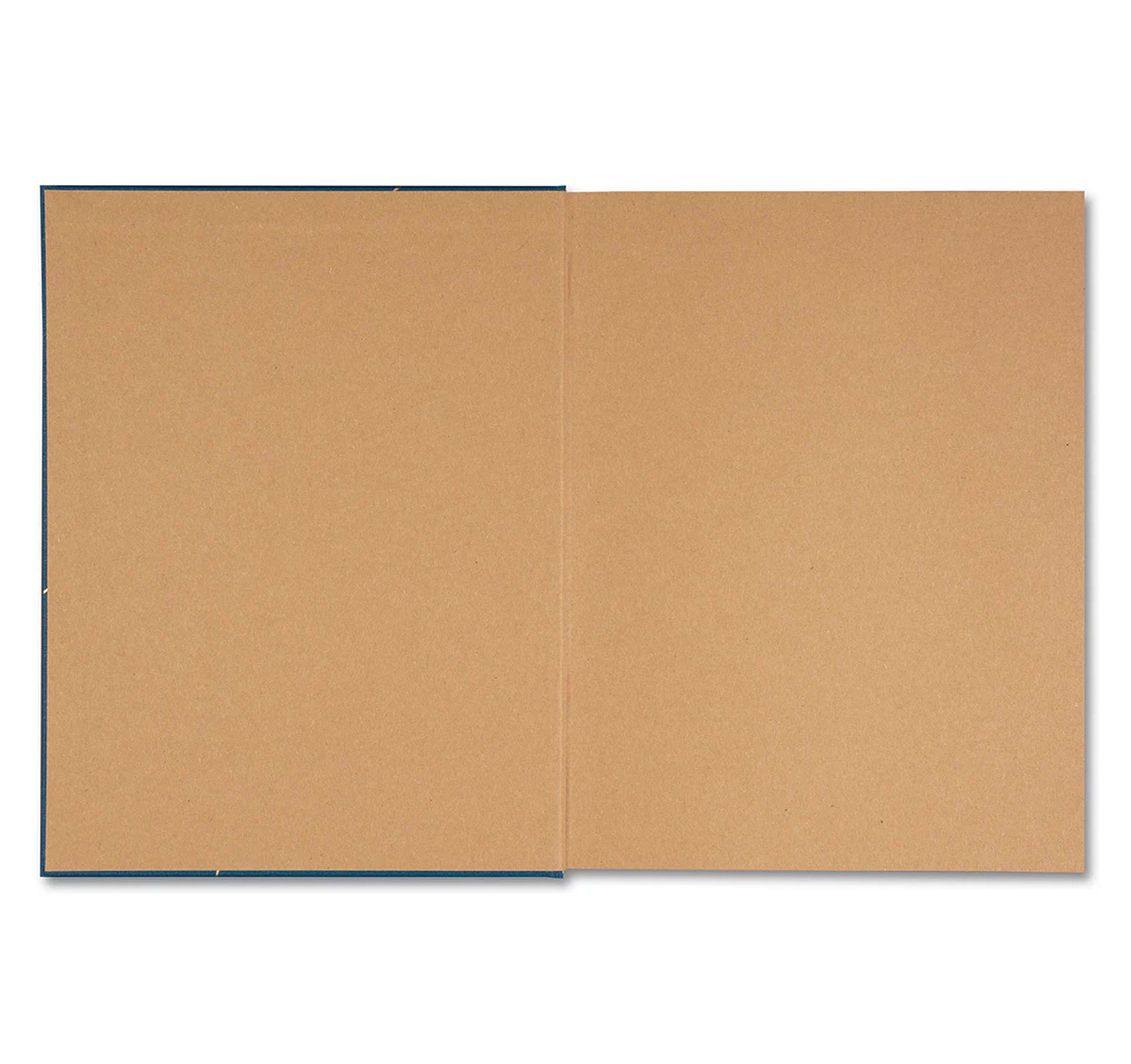

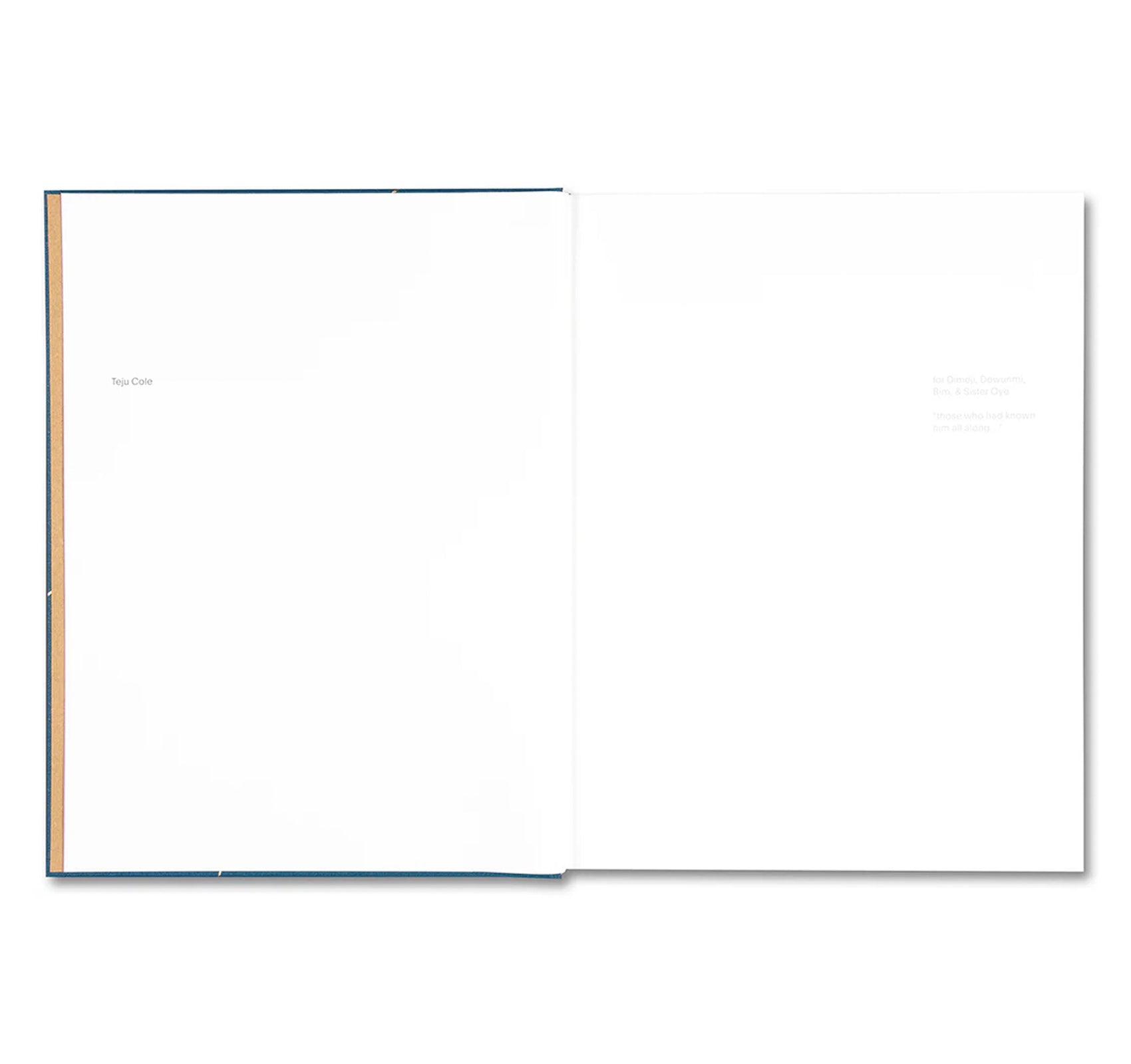

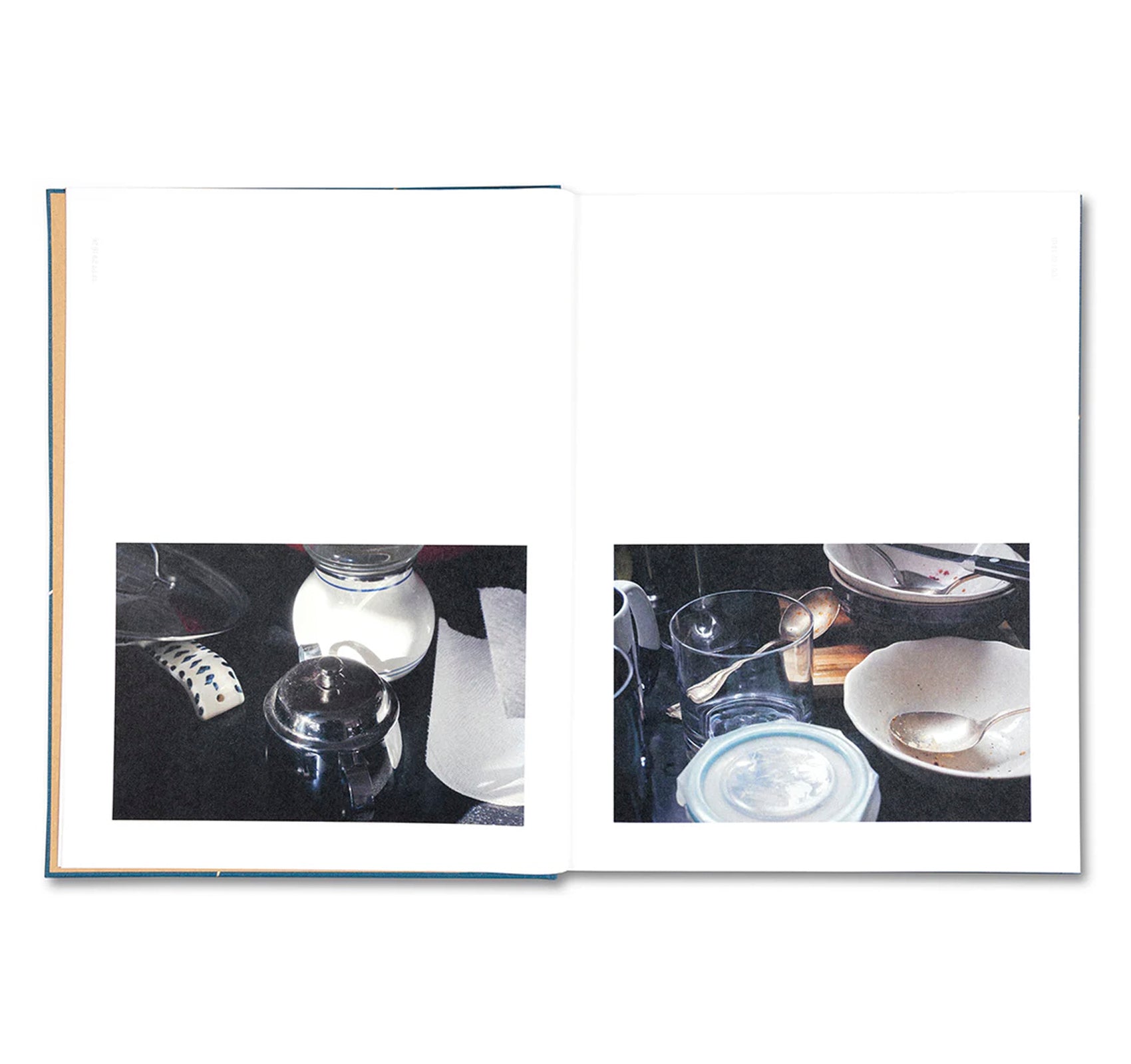
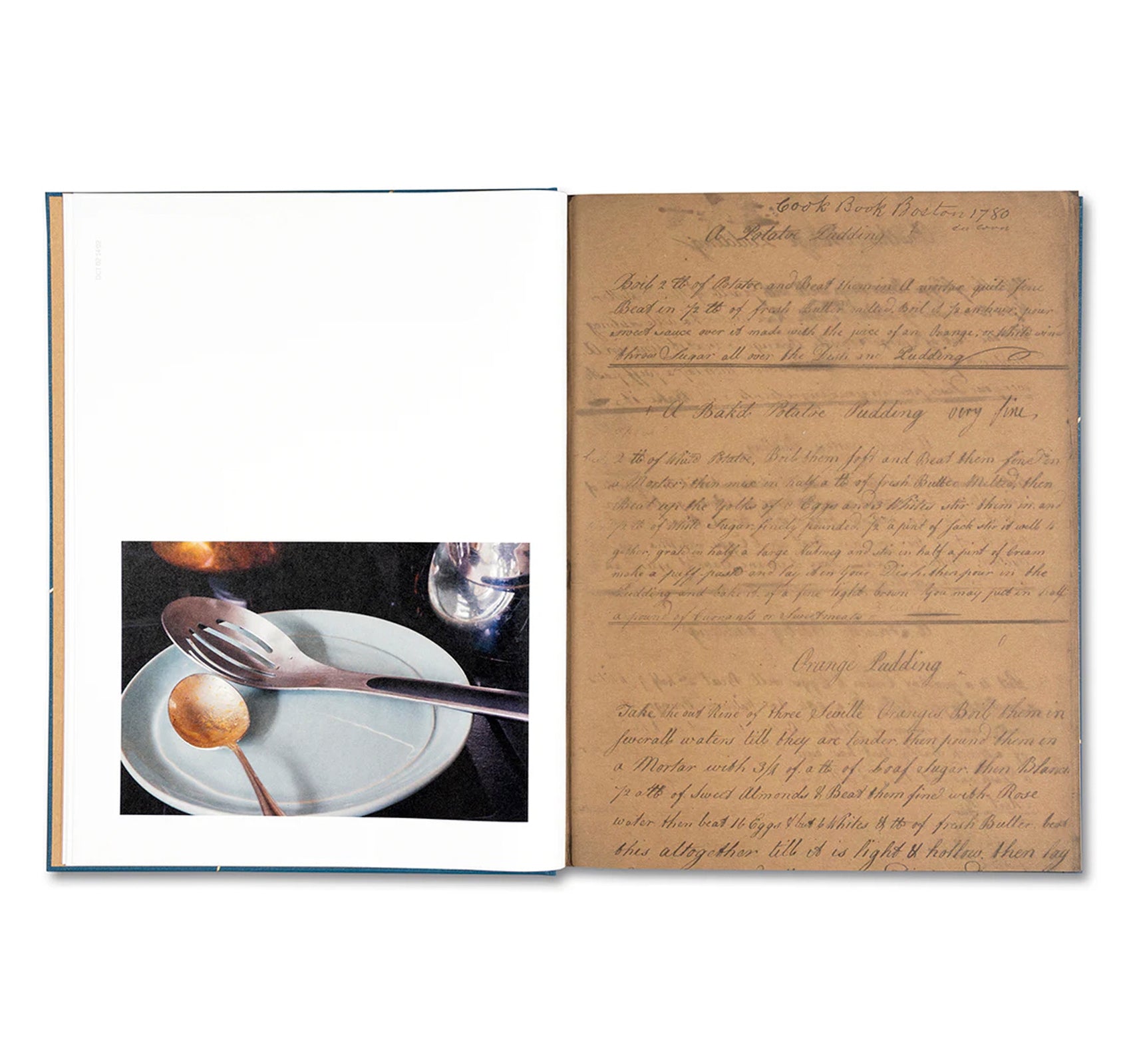
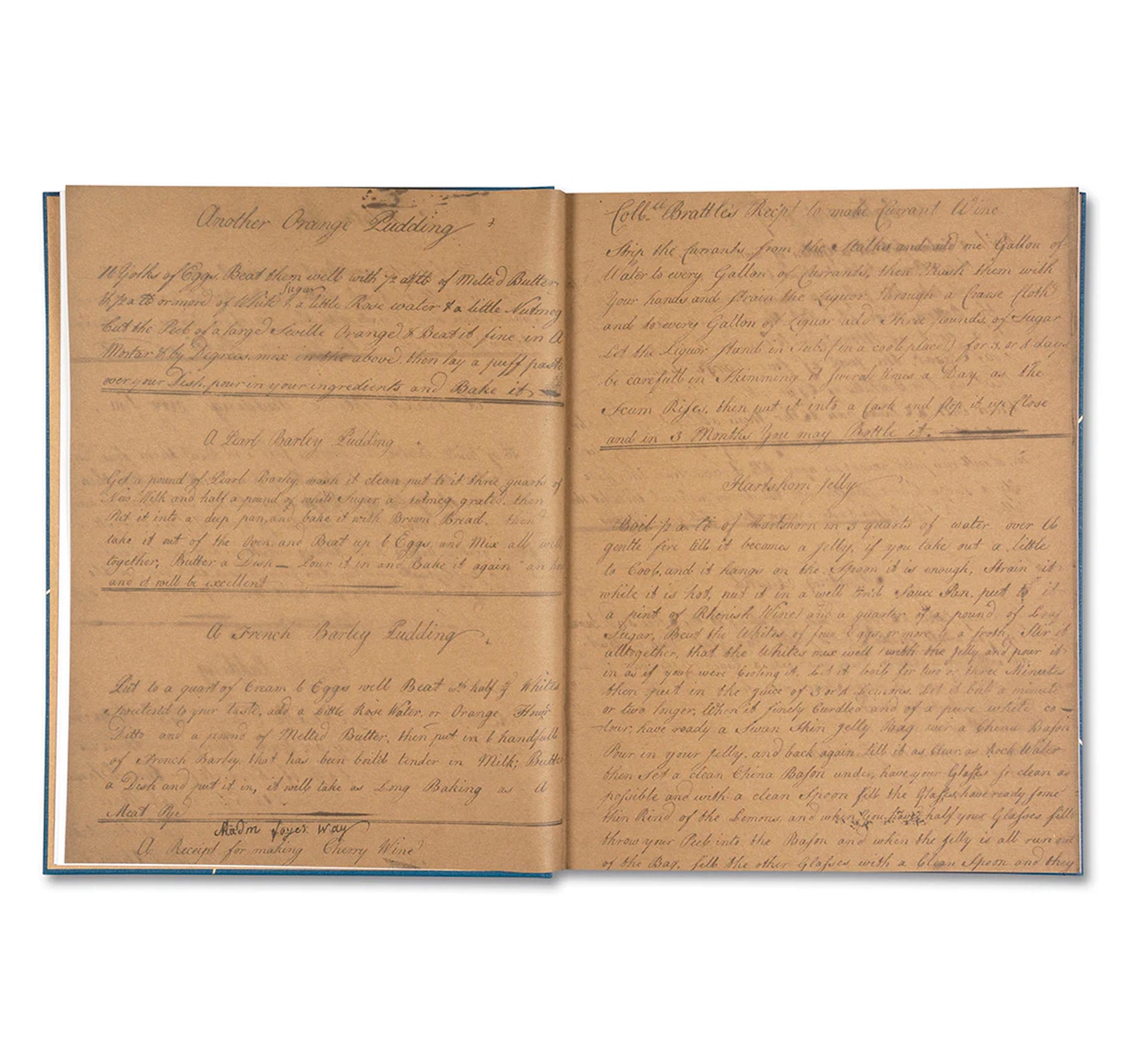
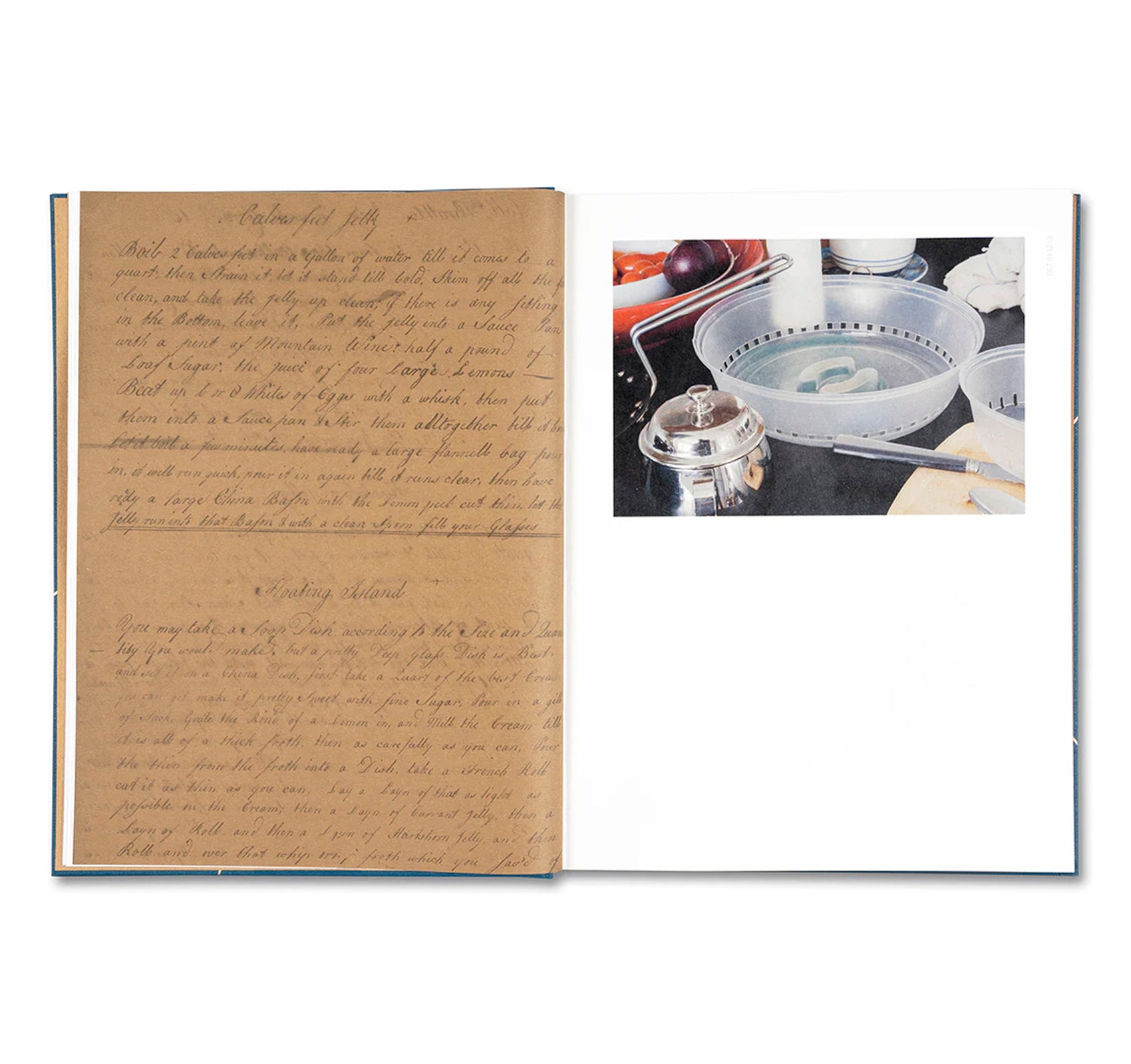
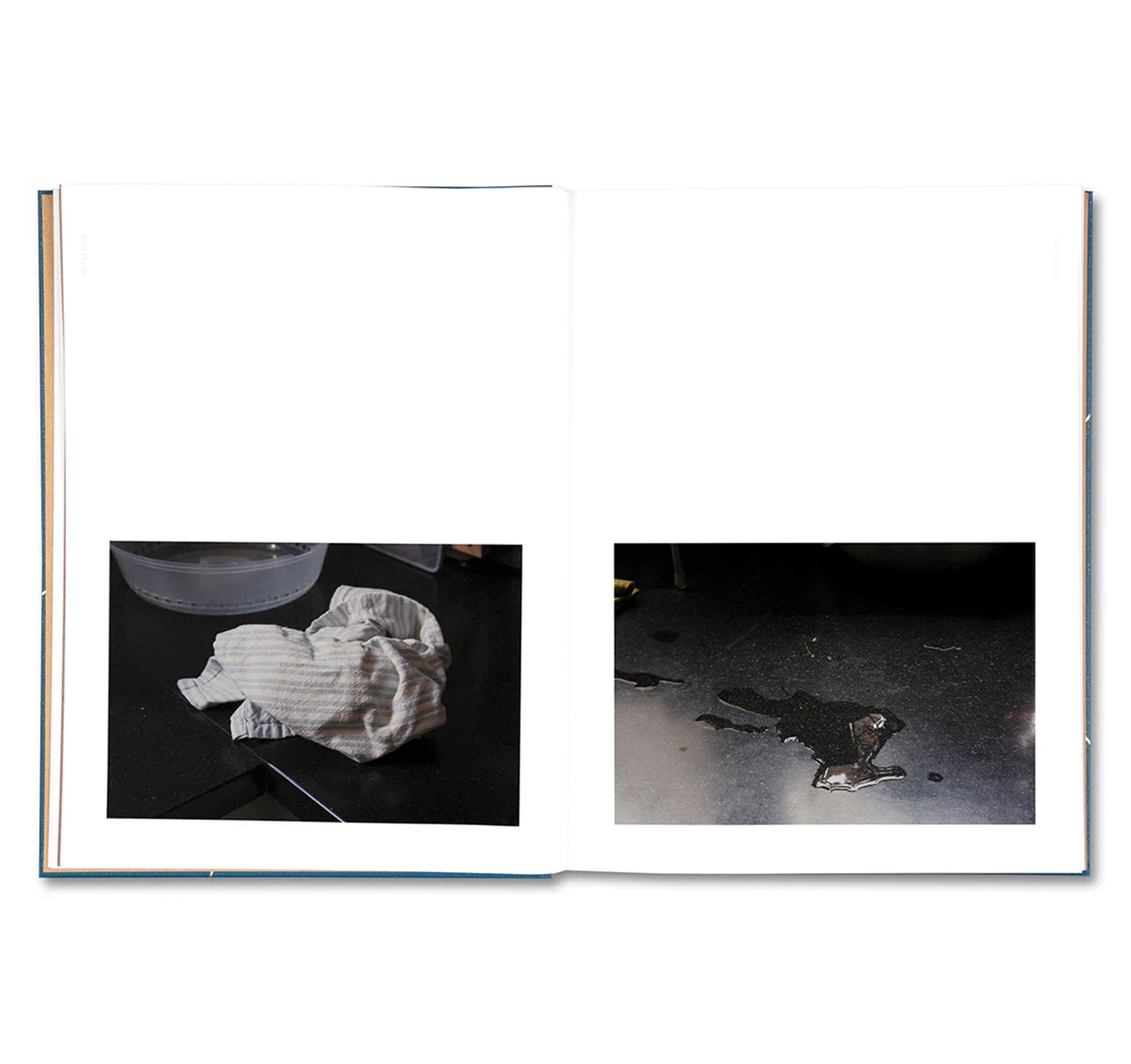
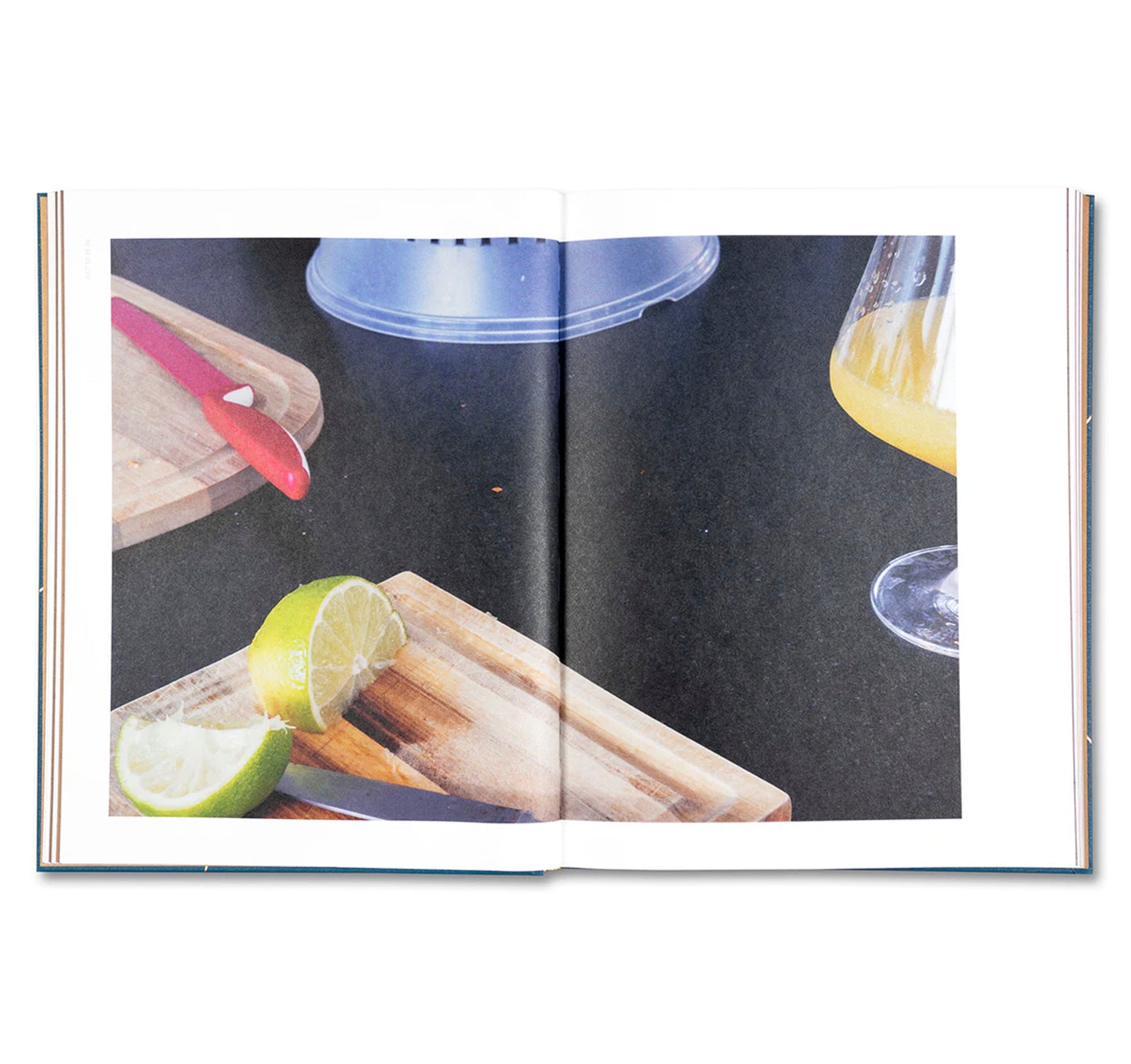

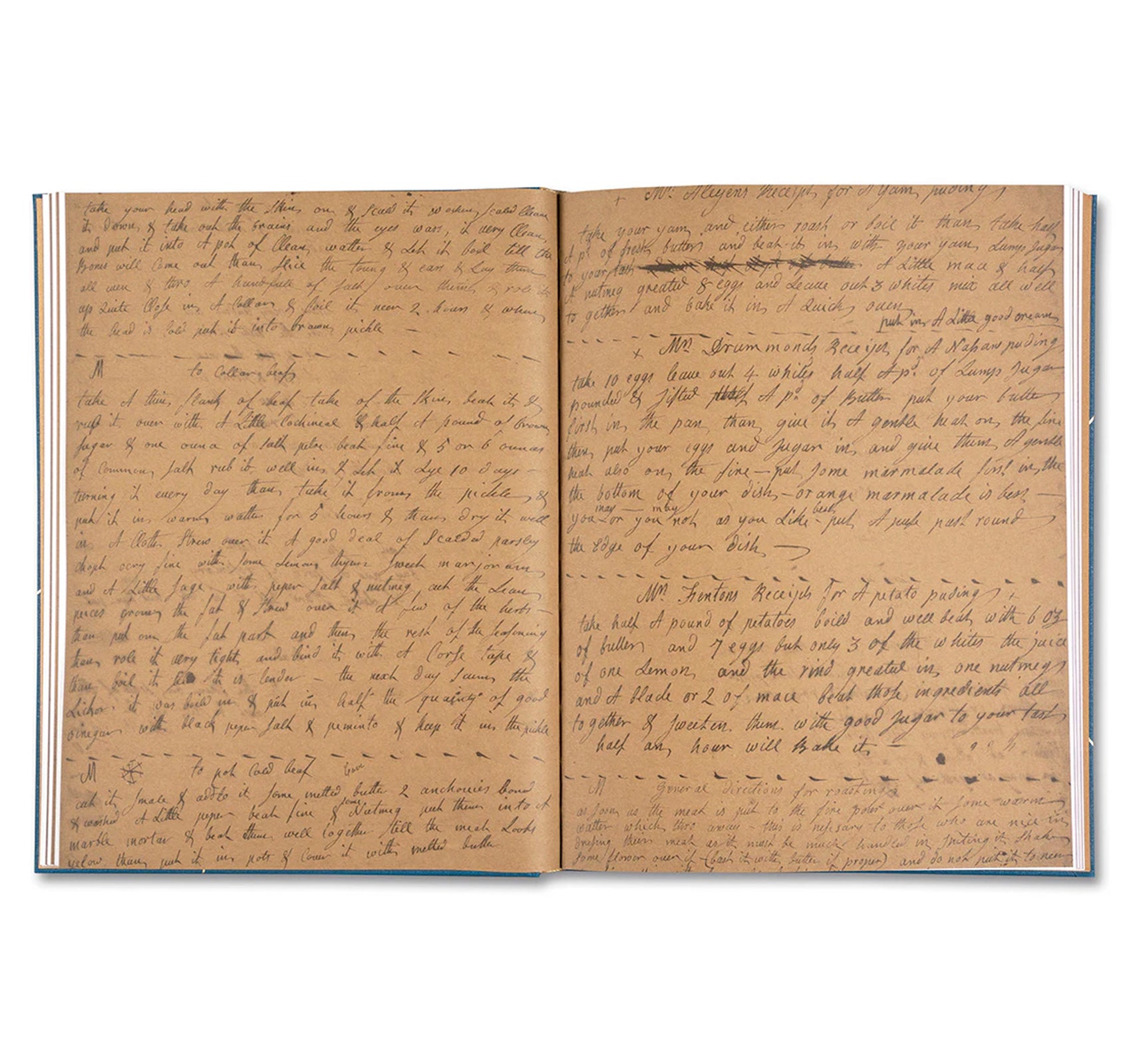
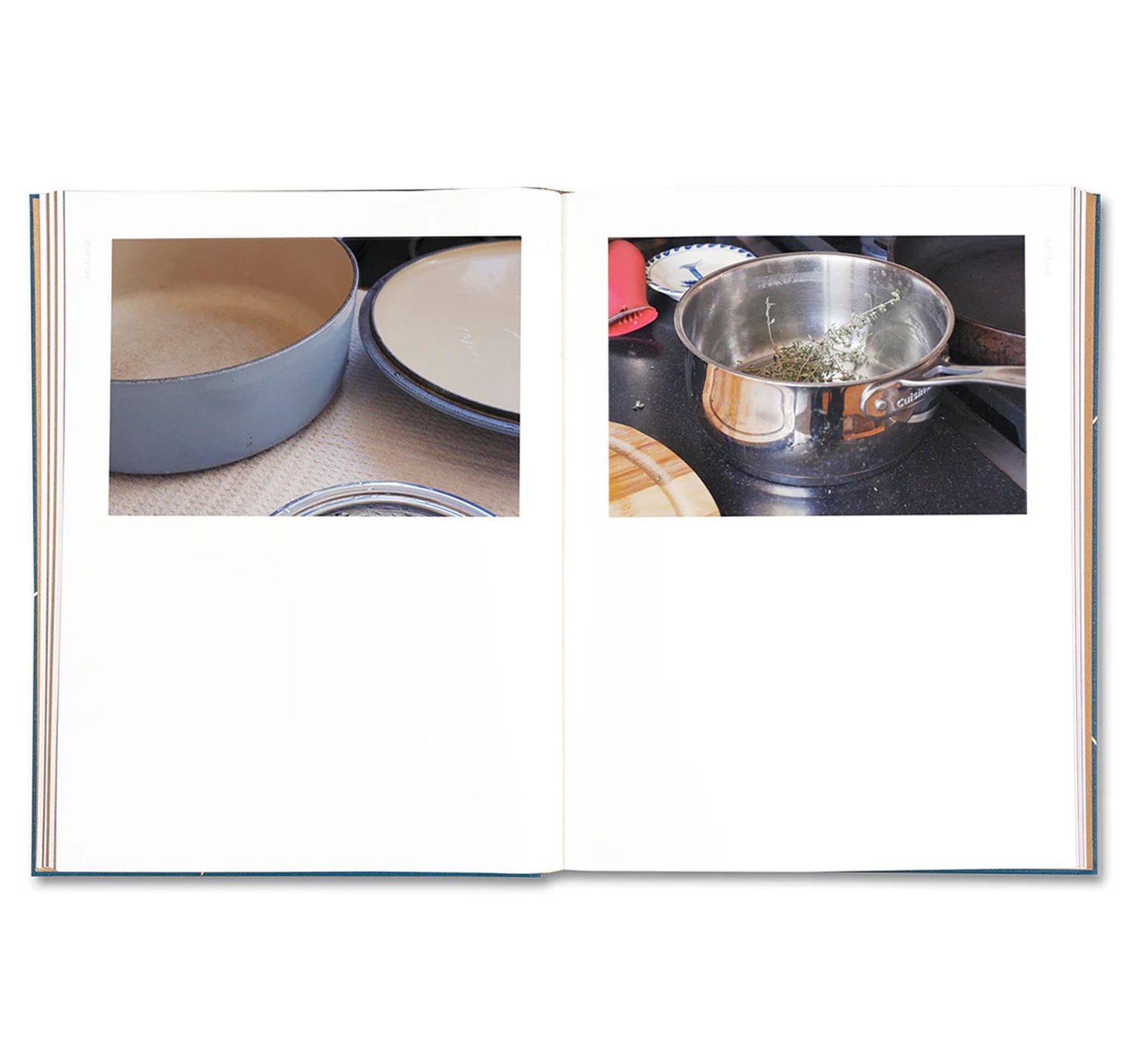
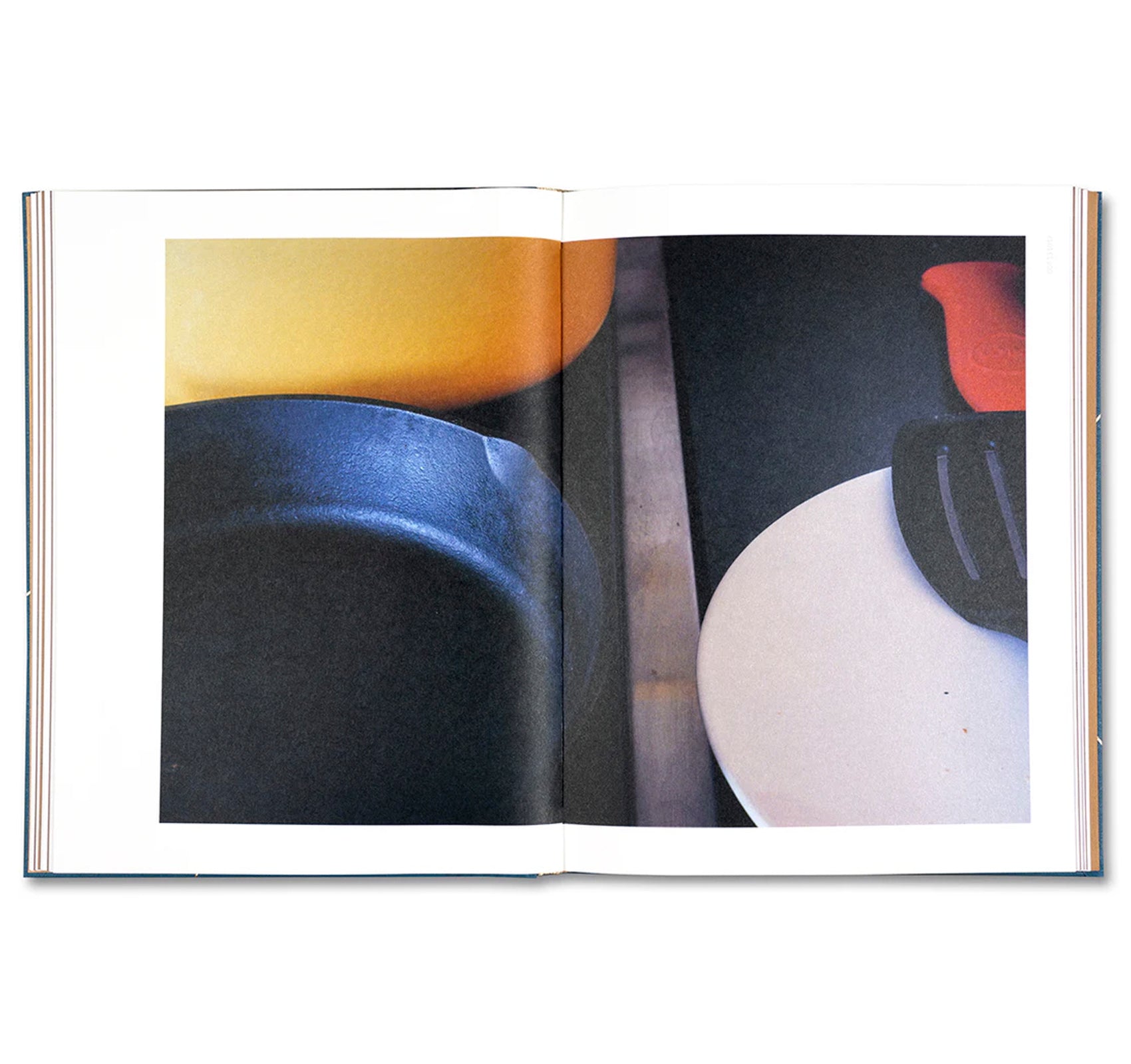
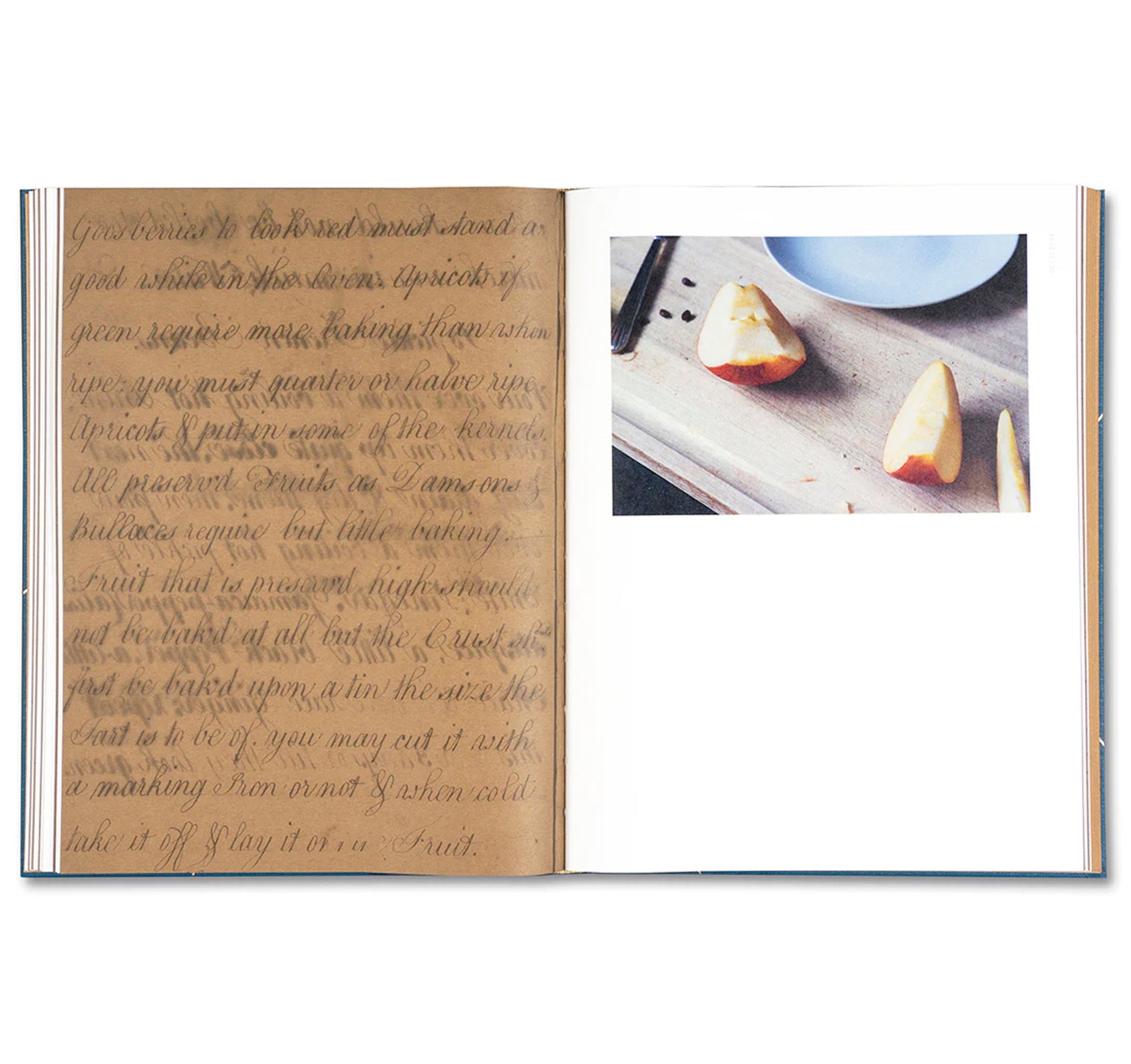
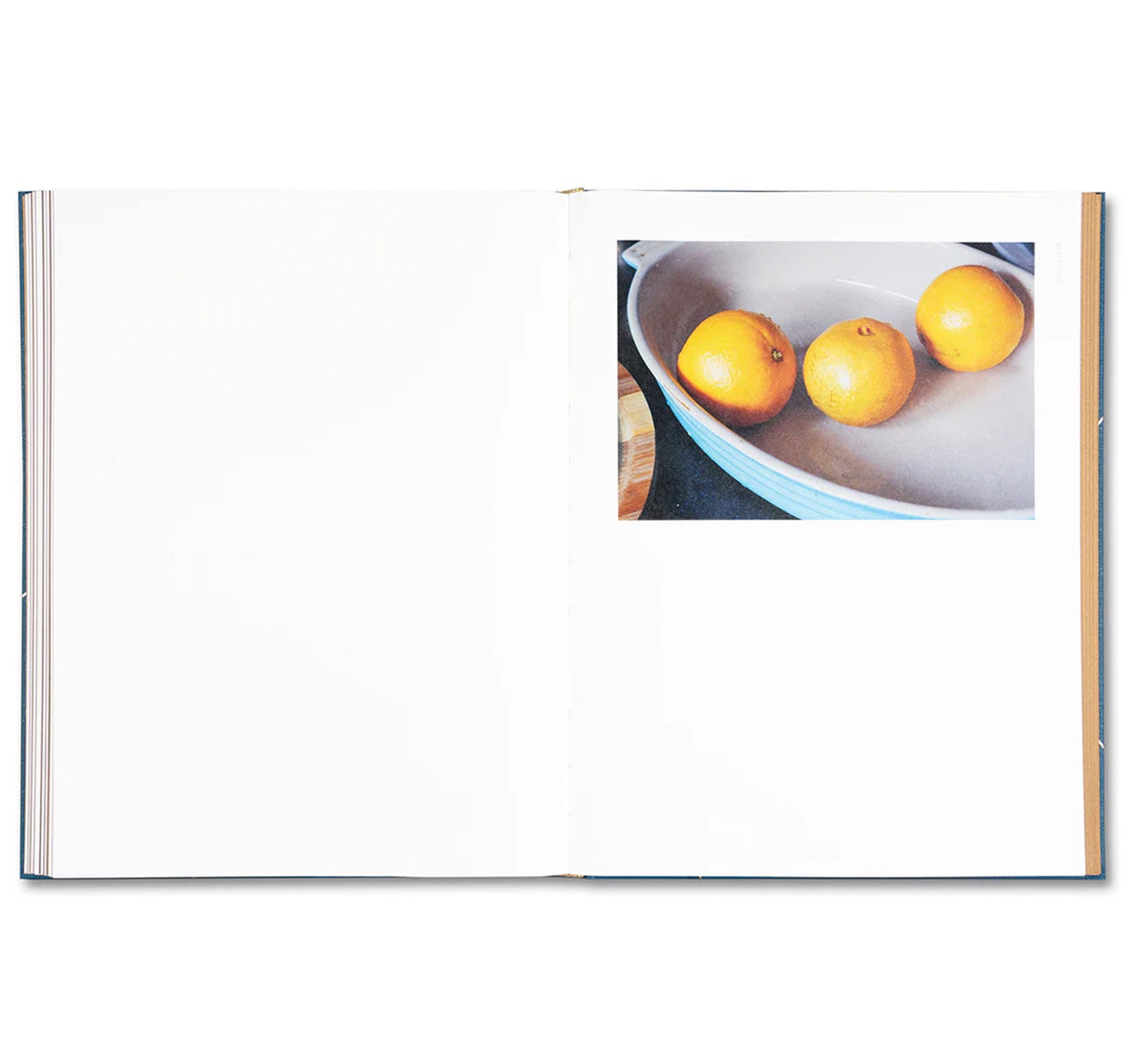
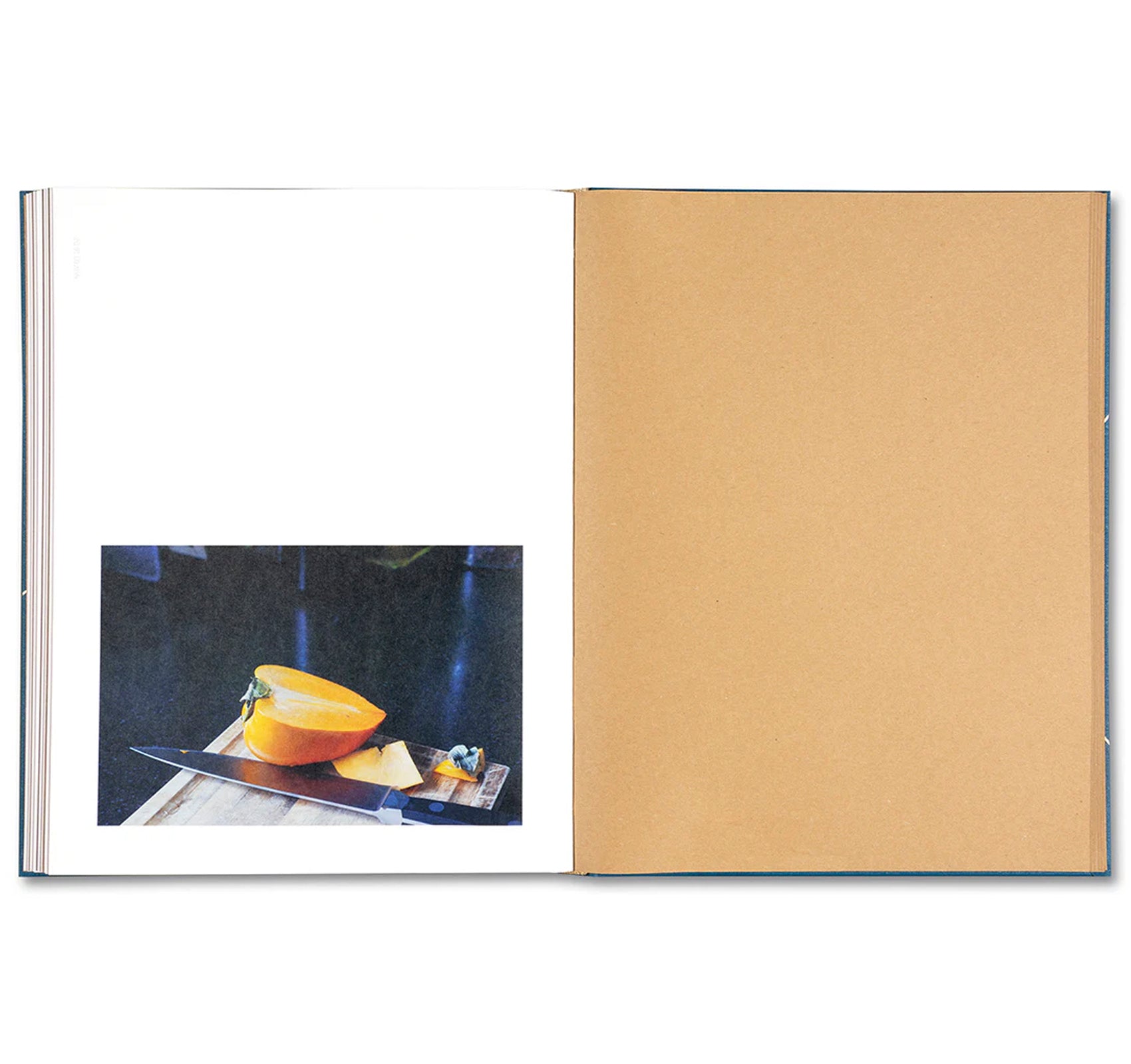
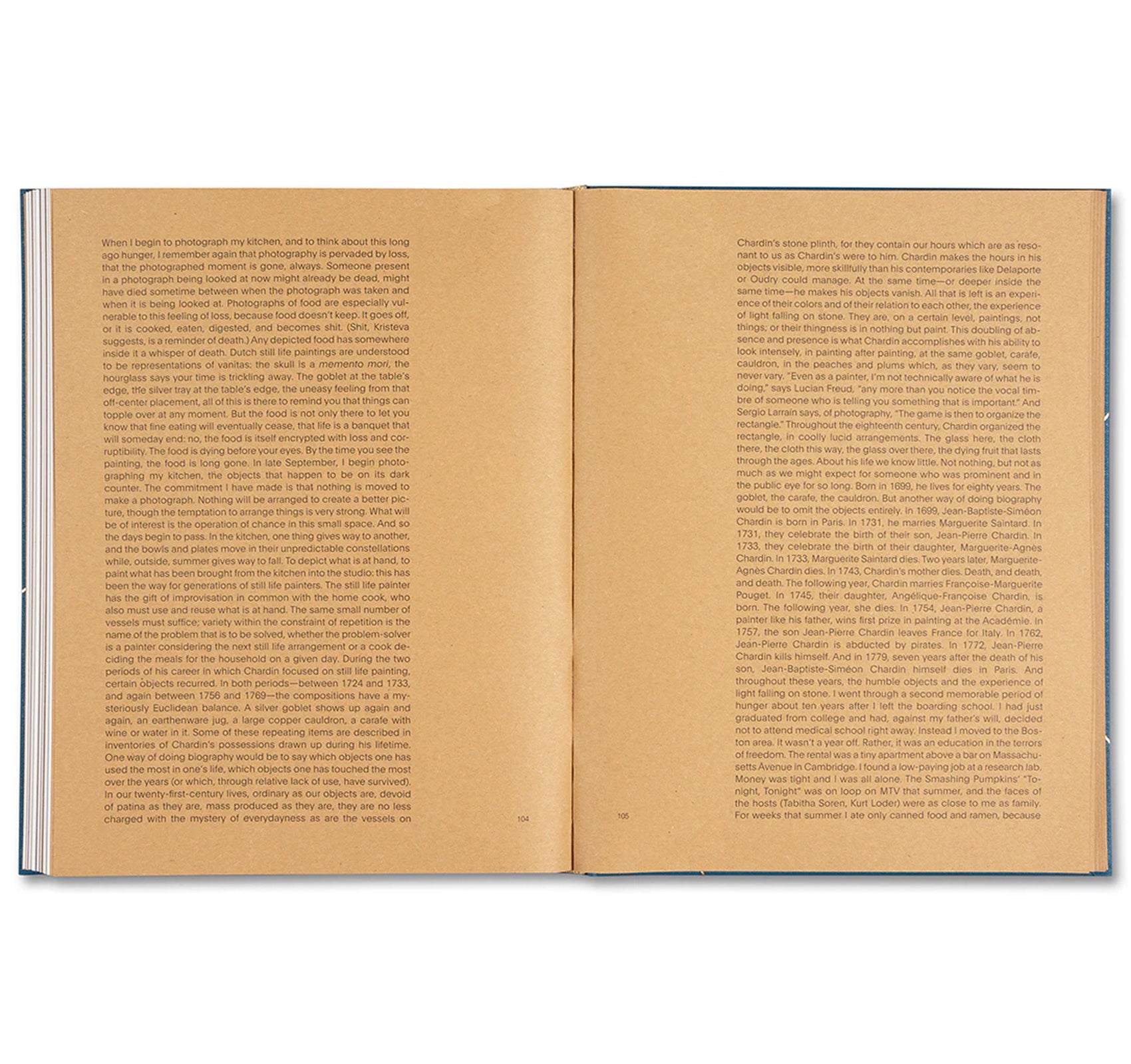

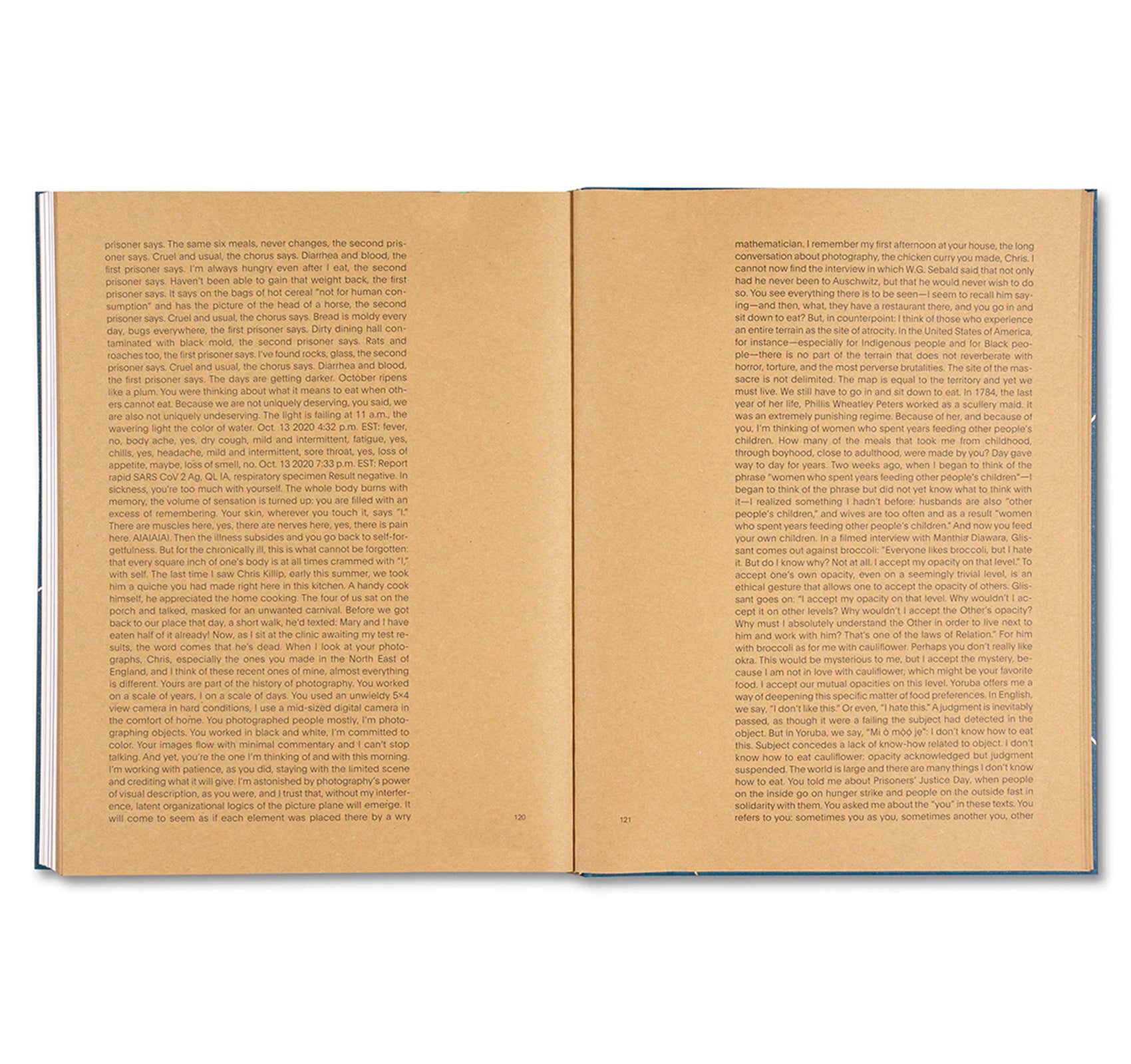
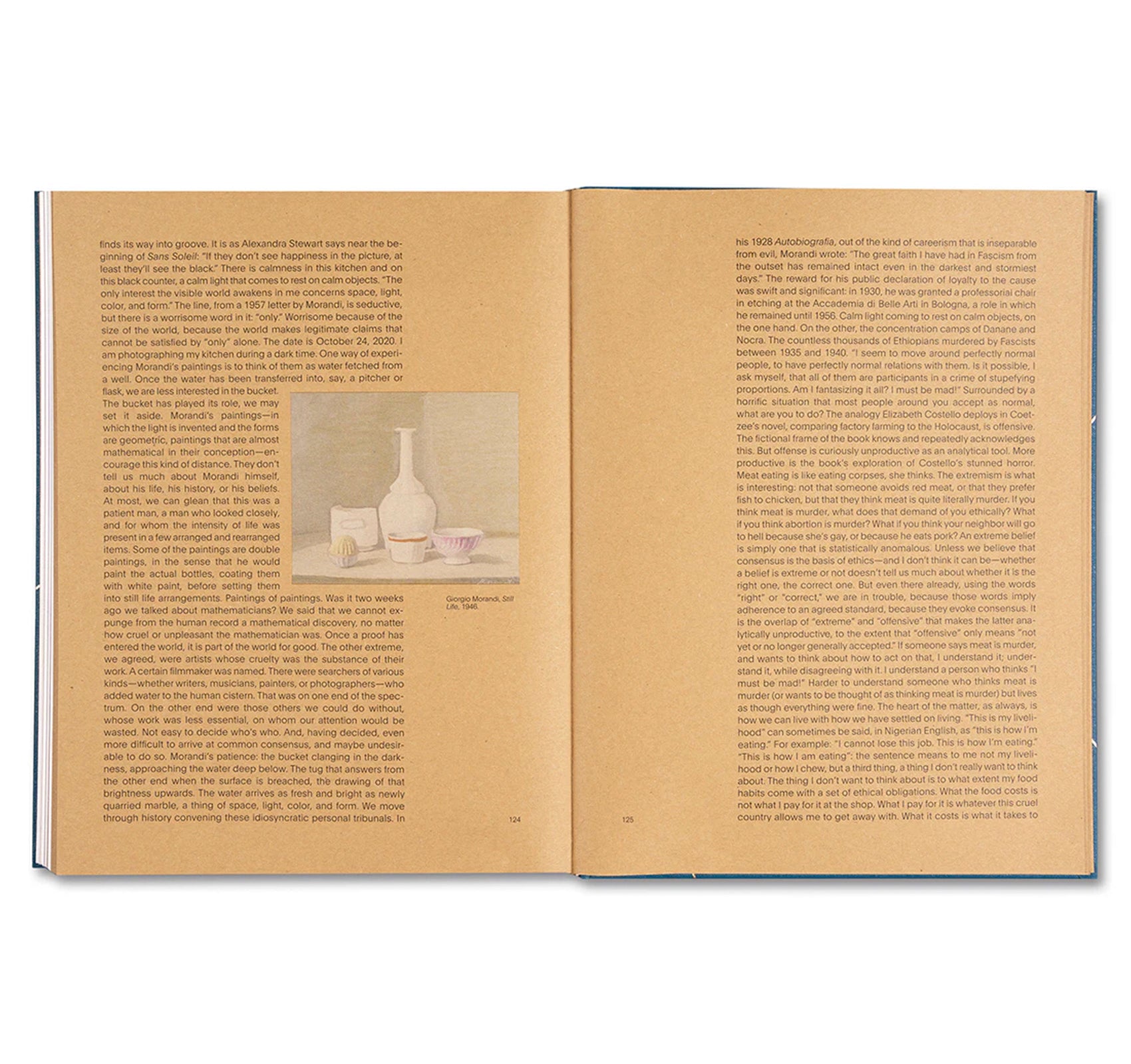
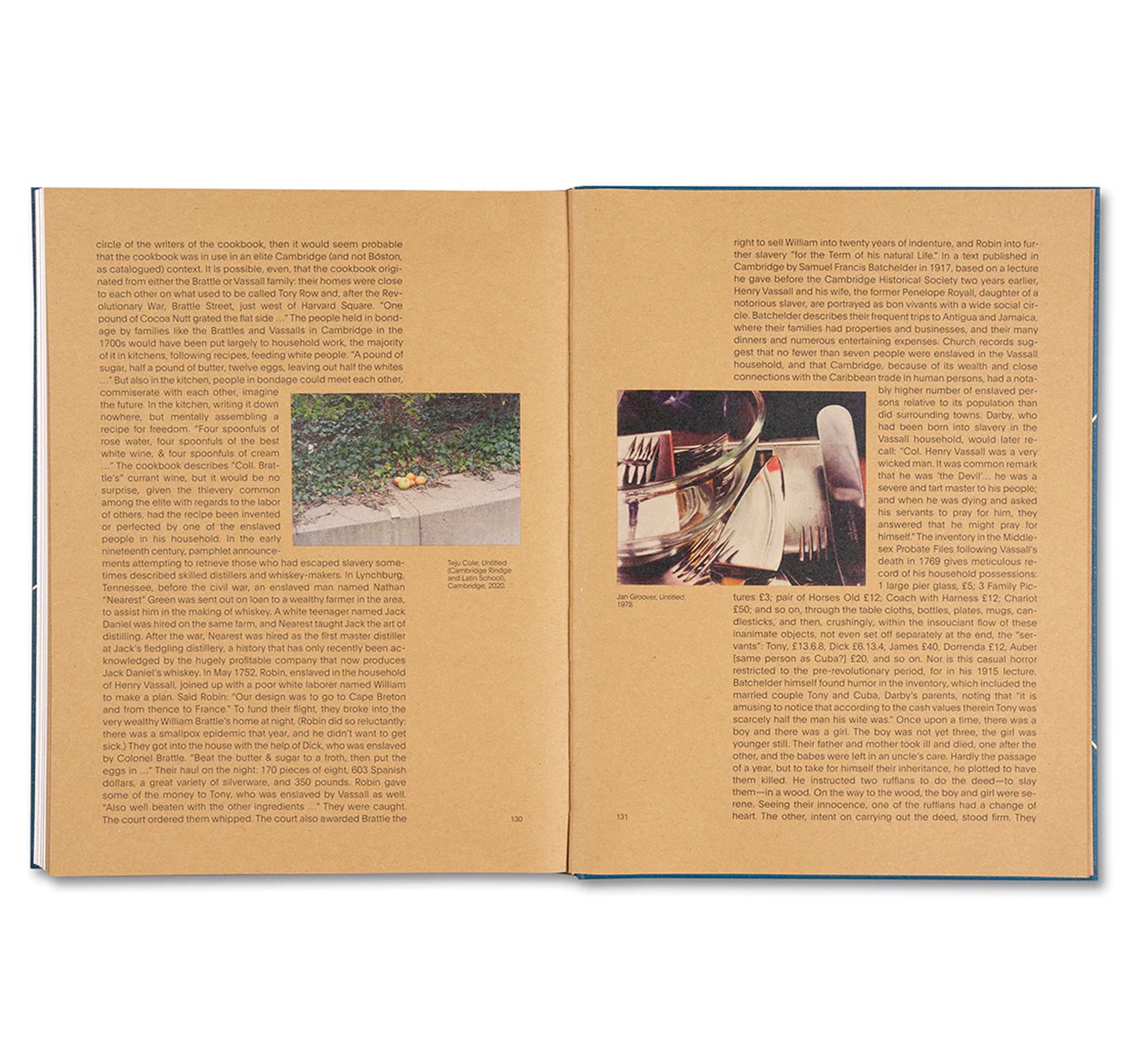
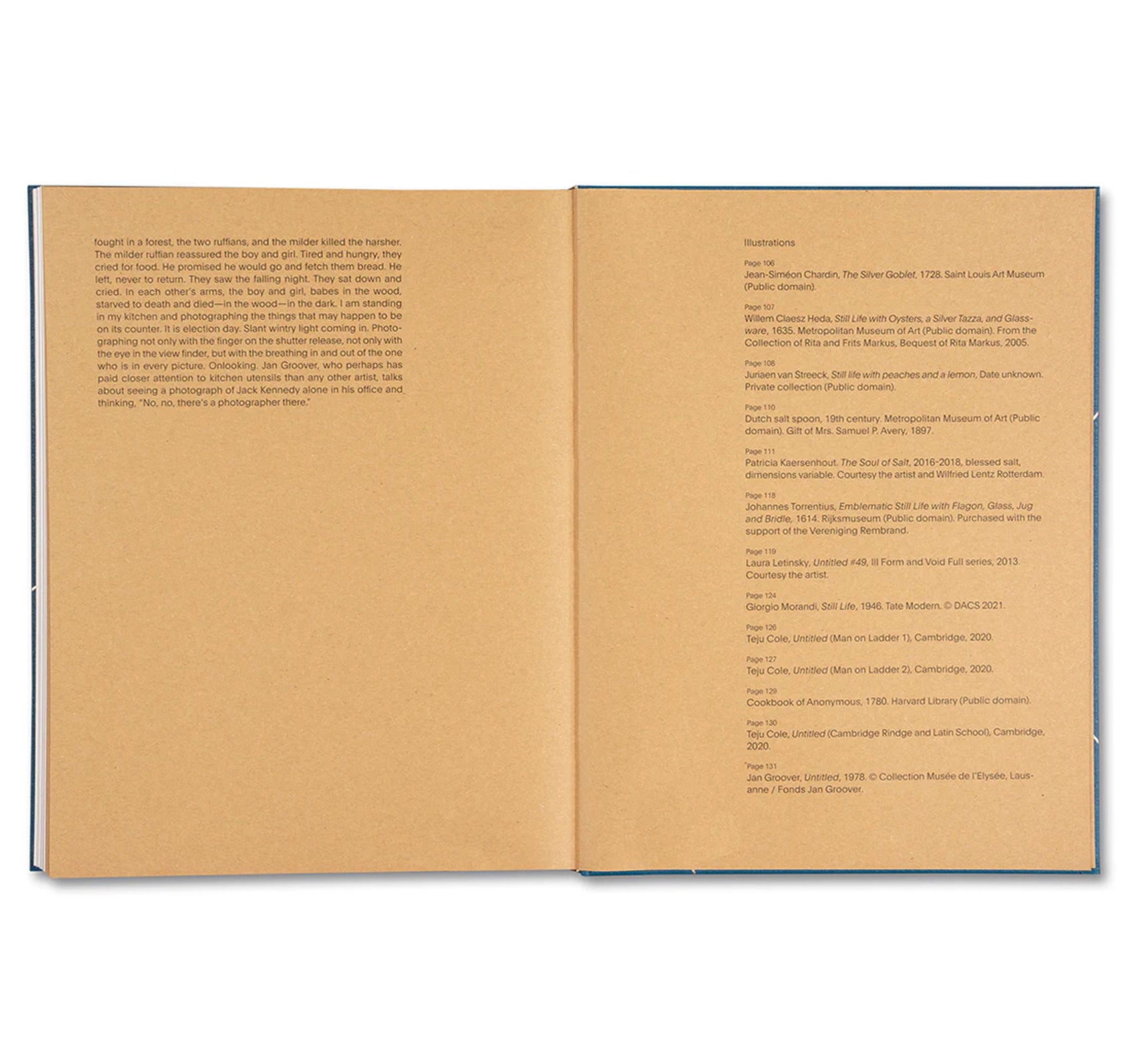
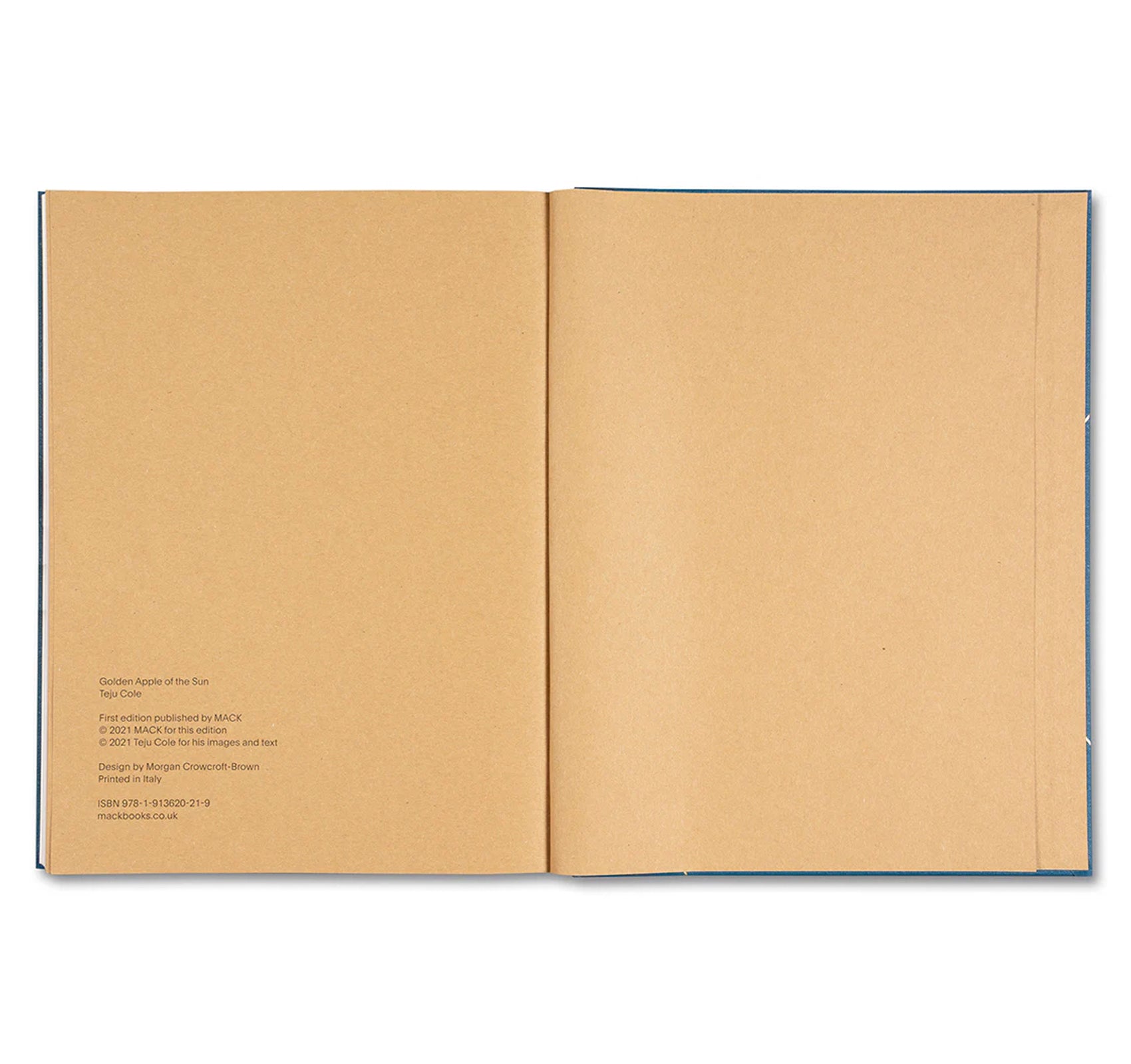
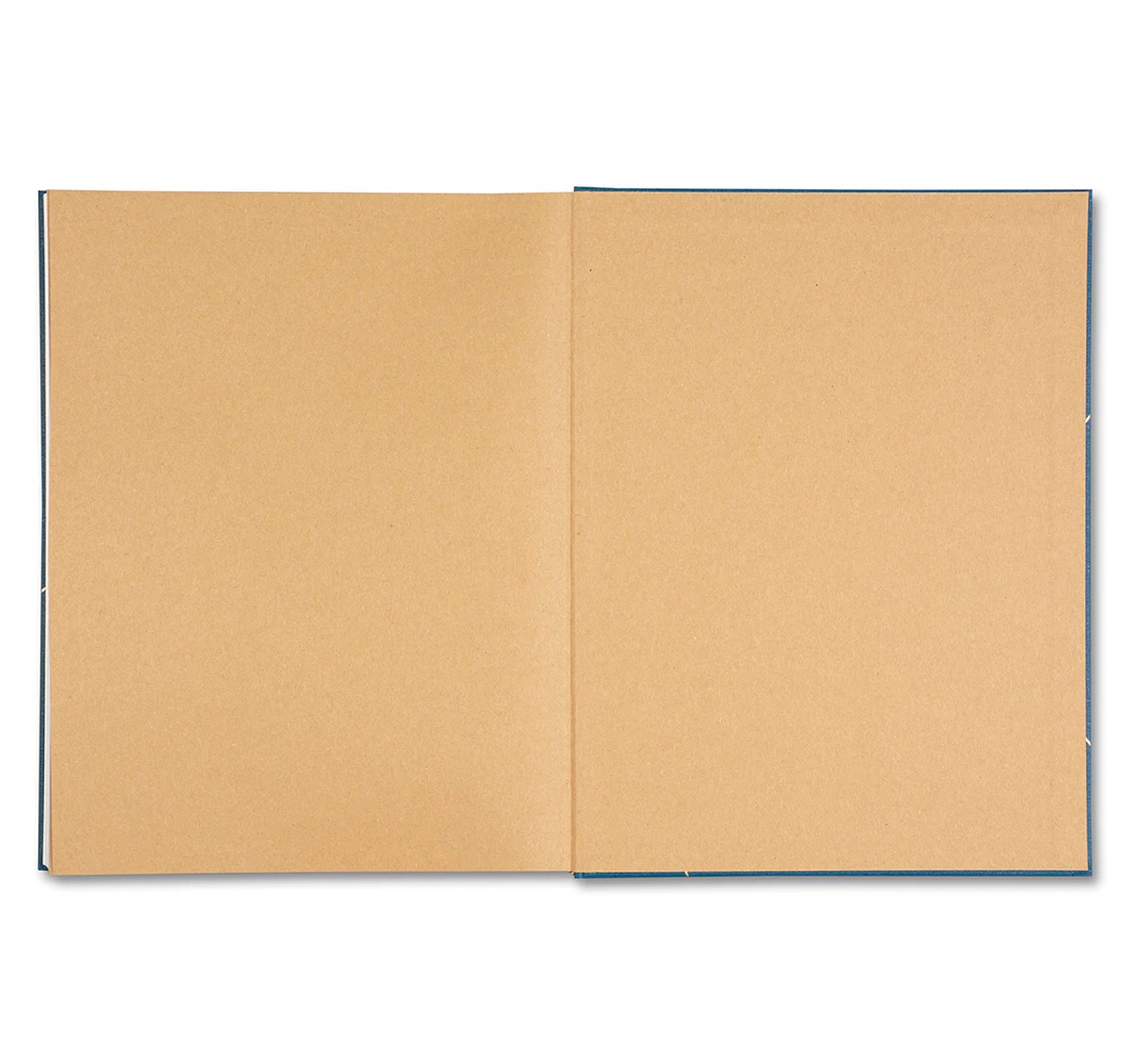
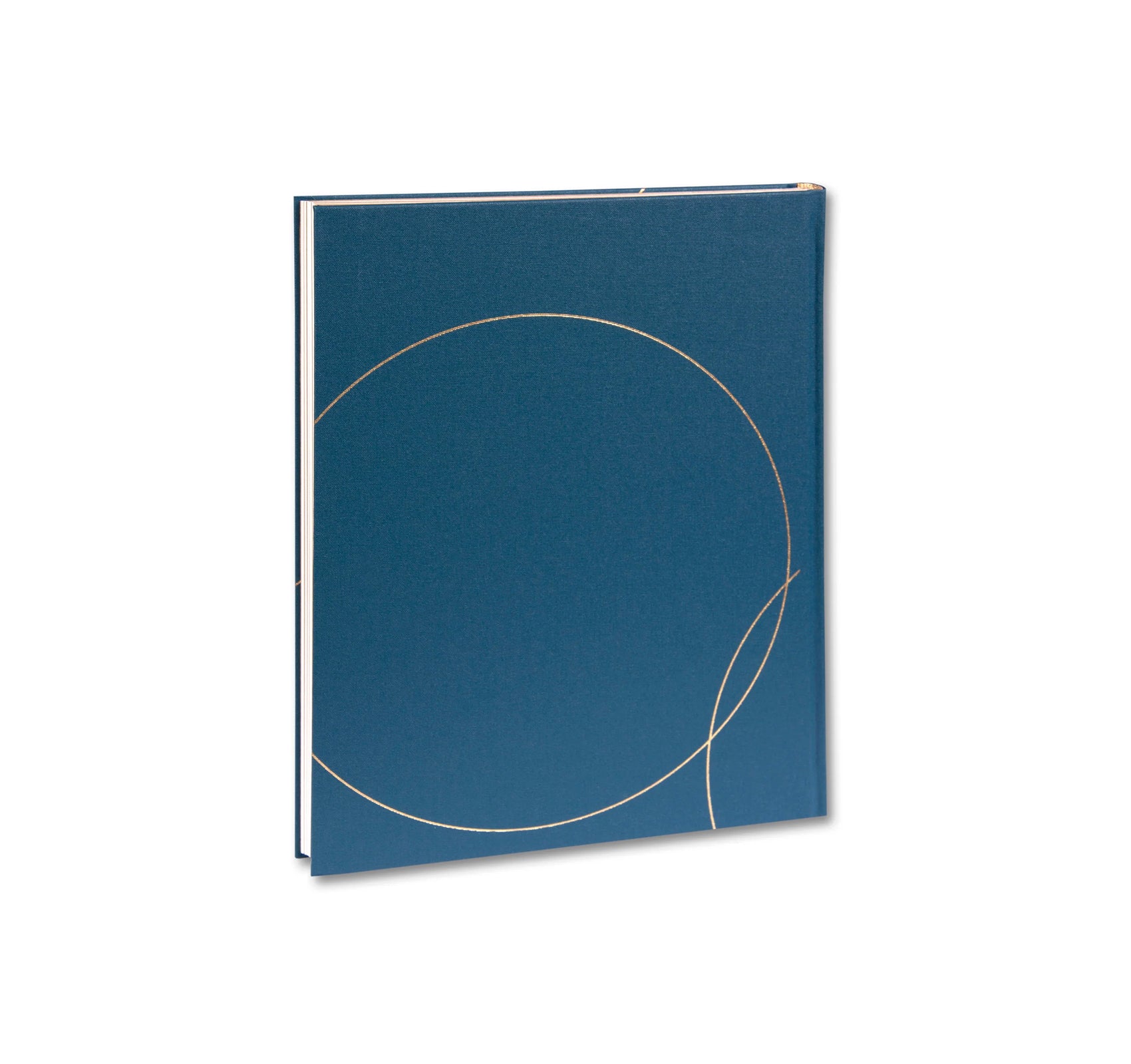
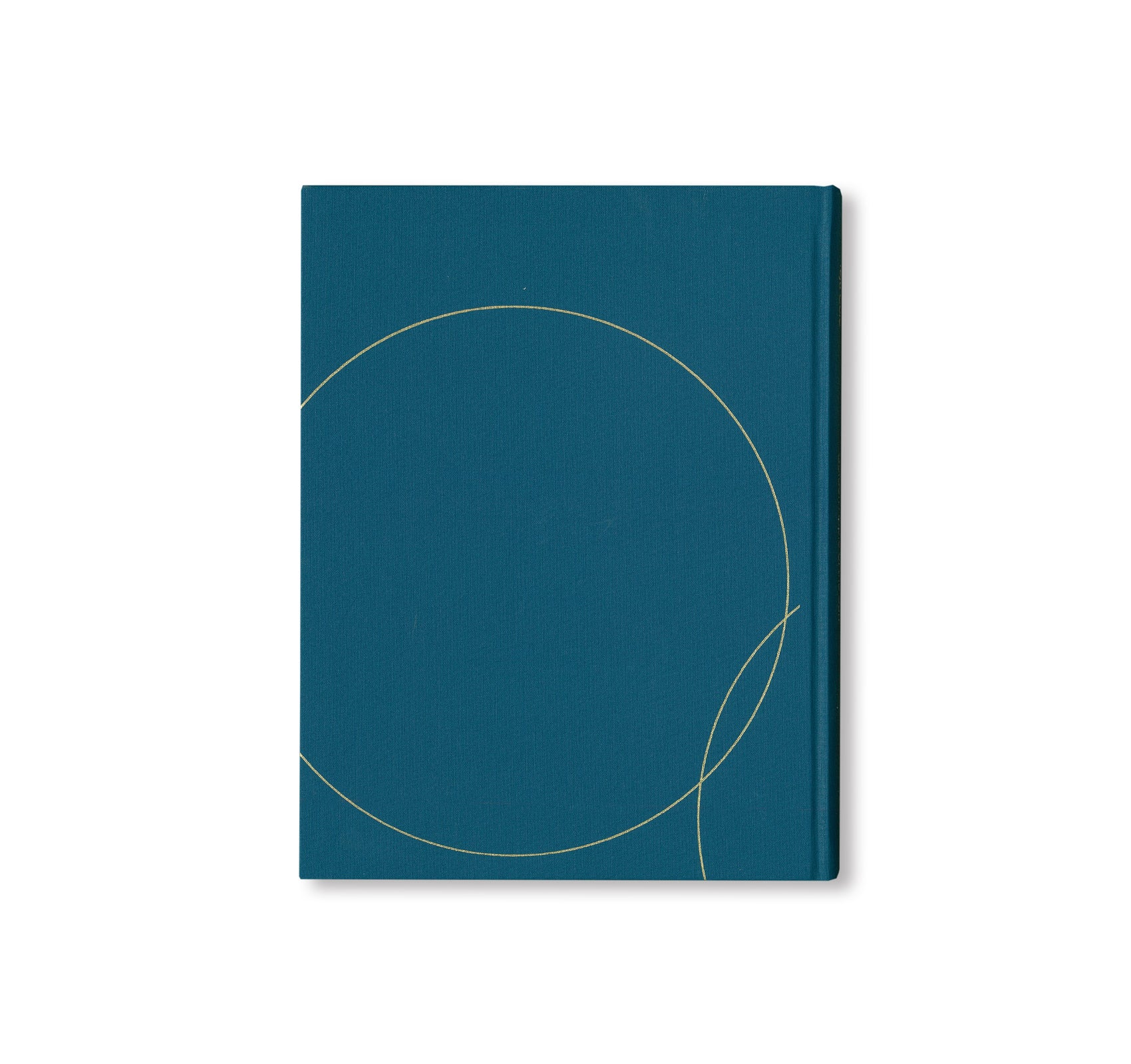
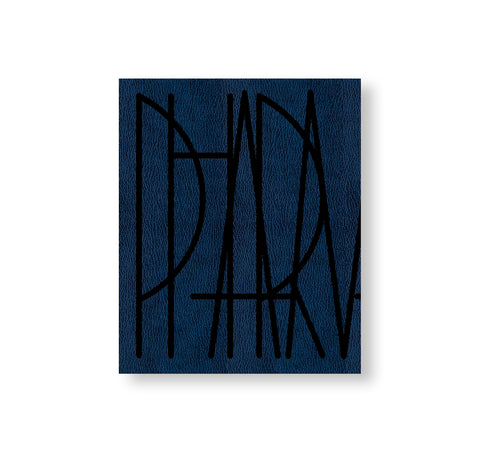
![FERNWEH by Teju Cole [SIGNED]](http://twelve-books.com/cdn/shop/products/TejuCole_f8c93de5-2ab6-4648-a75d-c51bc3f9b94a_large.jpg?v=1583828195)